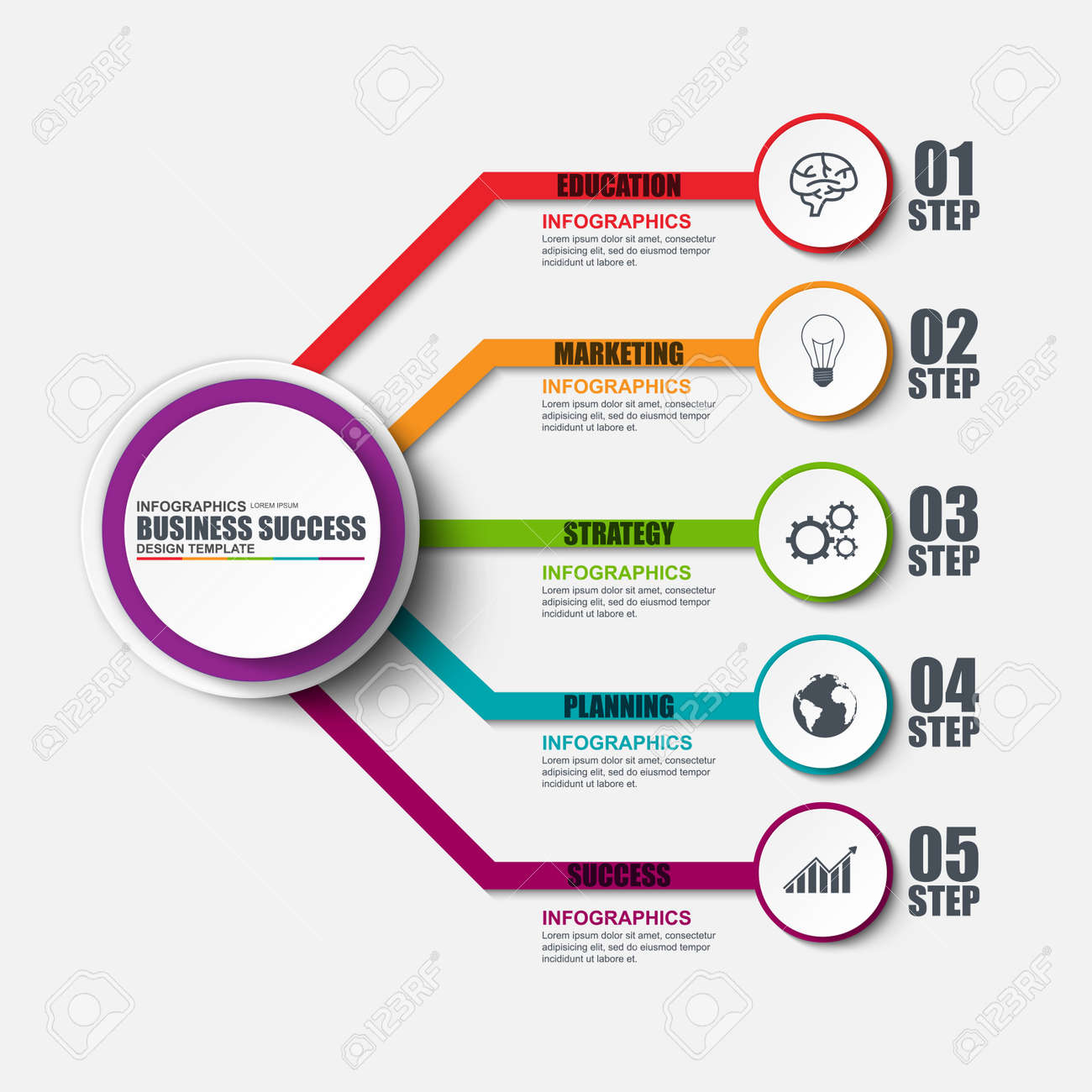Core Concepts Of Internet Site Design: Guidance For Crafting A User-Friendly Online Presence
Core Concepts Of Internet Site Design: Guidance For Crafting A User-Friendly Online Presence
Blog Article
Authored By-Hall Thorpe
When it comes to site layout, making certain user-friendliness is key. From receptive layout to structured navigating, every component plays an important function in developing a website that satisfies your audience's needs. But what regarding the better details that can make or damage an individual's browsing experience? Remain tuned as we discover some often-overlooked ideas that can raise your internet site's usability to the following level, making it truly stand out in the digital landscape.
Relevance of Responsive Design
Responsive design is a critical facet of contemporary web site advancement. seo search engine optimization services is responsive methods that it can adjust to various display dimensions and tools, offering a smooth experience for users.
With Website Design enhancing use of smart devices and tablet computers to access the web, having a receptive layout is vital for reaching a broader target market. It helps in improving user experience by making your web site easy to navigate and read on any kind of gadget.
Furthermore, learn more can positively impact your internet search engine positions, as search engines like Google prioritize mobile-friendly websites. By having a responsive layout, you're also future-proofing your site, as new gadgets with differing display dimensions continue to arise.
Simplify Navigating Framework
To improve customer experience and help with easy access to information on your internet site, simplifying the navigation structure is extremely important. When creating your website, focus on creating a clear and instinctive navigation food selection that assists site visitors find what they're seeking quickly.
Limitation the variety of menu items to the basics, organizing relevant pages with each other to stay clear of overwhelming individuals. Usage descriptive labels that plainly suggest the content of each page, making it less complicated for individuals to comprehend where each link will certainly take them.
Consider applying dropdown food selections for subcategories to stop jumbling the major navigating bar. Additionally, include a search bar plainly on the web page for customers that choose looking for specific info.
Prioritize mobile responsiveness in your navigation layout to ensure simple accessibility on all gadgets.
Optimize Page Tons Rate
Improving page lots rate is critical for keeping visitors on your website. Slow-loading web pages discourage individuals and can cause high bounce rates. To optimize page tons rate, begin by maximizing images. Press photos without endangering quality to minimize their documents dimensions.
In addition, make it possible for browser caching to save often accessed resources in your area, speeding up load times for returning visitors. Minify CSS, JavaScript, and HTML files by removing unneeded personalities, remarks, and format, enhancing lots speed.
Consider utilizing a web content delivery network (CDN) to distribute your website's web content across numerous servers worldwide, minimizing latency for individuals accessing your website from various areas. Lastly, limit using third-party manuscripts and plugins, as they can considerably affect load times.
Final thought
To conclude, by incorporating receptive layout, streamlining navigation, and maximizing web page load speed, you can produce an user-friendly website that appeals to a bigger audience and enhances user experience. These essential elements ensure that visitors can quickly accessibility and navigate your site across different tools, leading to enhanced engagement and satisfaction. By focusing on these vital aspects, you can build a successful site that maintains individuals returning for more.
